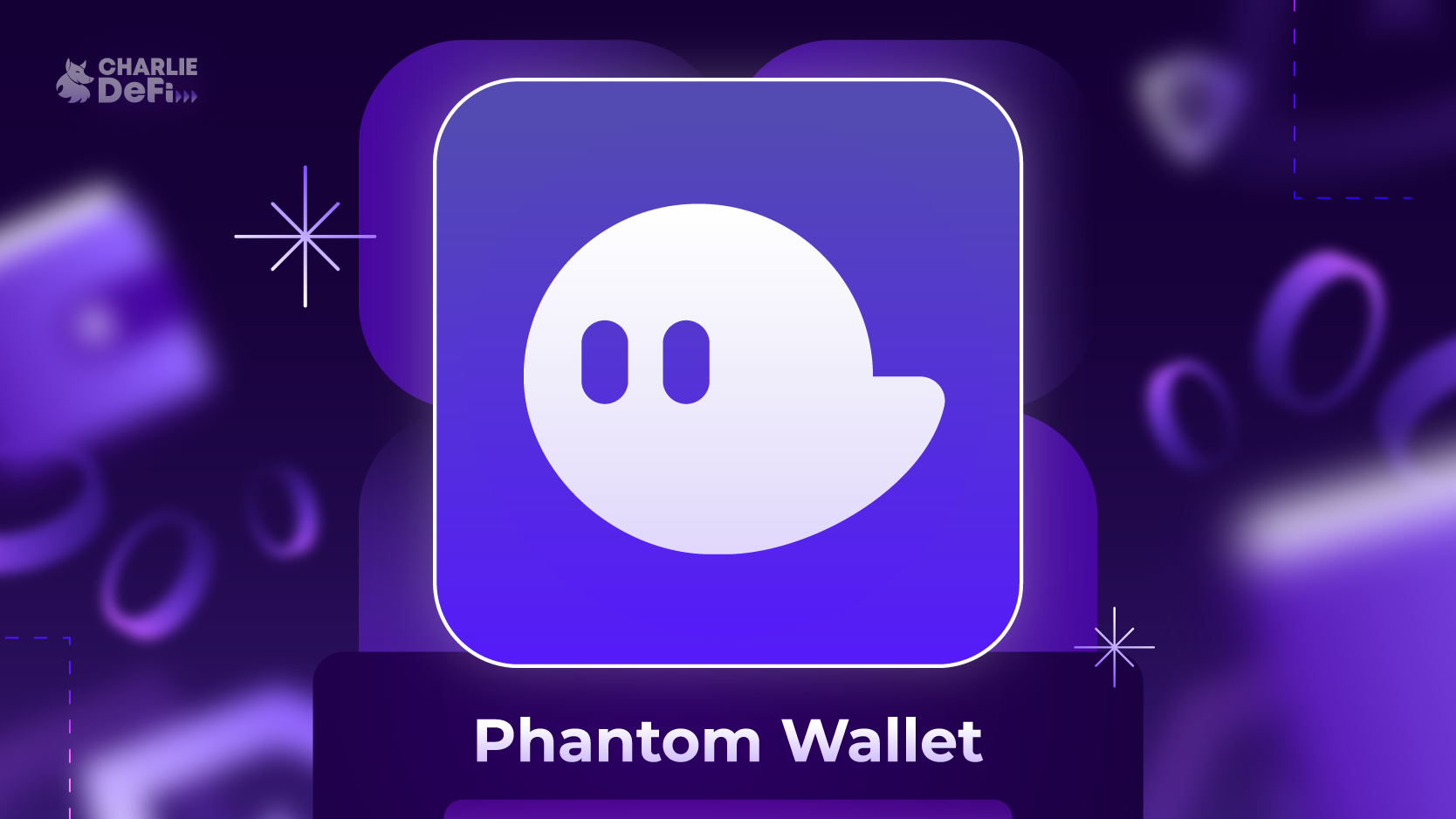Ever tried diving into Solana’s ecosystem and felt kinda overwhelmed? Yeah, me too. There’s a ton happening—staking, DeFi, NFTs, and all sorts of DApps popping up like mushrooms after rain. But here’s the kicker: without the right wallet, you’re basically locked out or worse, risking your assets. So, I started poking around the wallets built specifically for Solana. Phantom kept coming up. Really? I wasn’t totally sold at first. Something felt off about all the hype surrounding it.
But then, I took the plunge. Downloaded Phantom, and whoa, it was pretty slick. The interface is clean, the onboarding smooth, and it just worked. No fuss, no endless seed phrase confusion (well, you still gotta keep that safe, duh). It made staking SOL and interacting with DApps feel natural—like it was built by people who actually get crypto, not just tech geeks.
Here’s what bugs me about some wallets: they promise a lot but end up confusing the heck outta you with clunky UX and poor integrations. Phantom, on the other hand, nails that balance between security and usability. Okay, so check this out—once you have the wallet set up, jumping into Solana’s DApps is straightforward. Whether it’s swapping tokens, minting NFTs, or staking SOL to earn passive rewards, Phantom acts like your gateway.
Initially, I thought staking was a pain—locking up tokens, waiting, blah blah. But Phantom makes it feel less like a chore. The staking process is just a few clicks away, and you get updates on your rewards right inside the wallet. Honestly, that was a pleasant surprise. My instinct said this wallet might be overhyped, but the experience told a different story.
Hmm… On one hand, I’m all for decentralization and control, but on the other, usability can’t be ignored. Phantom seems to strike that right chord. Though actually, I wish it had a bit more transparency on fees and validator choices. Not a dealbreaker, but definitely something to watch.

Staking SOL Made Simple & Why It Matters
Staking Solana tokens isn’t just about locking your SOL away; it’s about supporting the network’s security and earning rewards. But a lot of folks shy away because it sounds technical or risky. Here’s the thing: with Phantom, staking feels less like rocket science. You delegate your SOL to a validator, and boom—you start earning rewards. The wallet even shows your estimated earnings, which is pretty motivational.
Of course, there are nuances. Choosing a validator isn’t always straightforward. Phantom gives you a list, but you’ve gotta do some homework to avoid shady operators. I’m biased, but I always pick validators with good track records and transparency. The wallet helps by showing some basic stats, but you might want to cross-check on external sites.
Another cool bit: Phantom lets you unstake your SOL quickly if you need liquidity, unlike some chains that lock you up for weeks. It’s a very very important detail that makes a difference for casual users who don’t wanna commit forever.
And hey, if you’re new, you can download Phantom from their official site here: https://sites.google.com/phantom-solana-wallet.com/phantom-wallet-downloads. That’s where I grabbed mine. Safe, legit, and continually updated.
Exploring Solana DApps Through Phantom
Now, onto the juicy part—the DApps. Solana’s ecosystem has exploded lately, with projects ranging from decentralized exchanges to NFT marketplaces. Phantom acts like your passport to this universe. When you visit a DApp, the wallet pops up, asking for permission to connect. Once you approve, you’re in. It’s seamless.
What’s wild is how fast everything happens on Solana compared to Ethereum. Transactions confirm in seconds and fees are tiny—like pennies, sometimes less. Phantom’s lightweight design complements that speed perfectly.
But here’s a little secret: not all DApps play nice. Some are experimental or have rough edges. Phantom does a solid job alerting you to suspicious activity, but, well, always stay alert. I’m not 100% sure Phantom catches every single phishing attempt, so double-check URLs and never share your seed phrase.
Oh, and by the way, Phantom supports hardware wallets now, which is great if you want that extra layer of security while still enjoying the smooth interface.
Why I Keep Coming Back to Phantom Wallet
Okay, so after months of messing around with Phantom, staking SOL, and using various DApps, here’s my take. It’s not perfect, but it’s my favorite Solana wallet hands down. It’s intuitive enough for newbies yet powerful enough for pros. The team behind it seems active and responsive, which matters in this fast-moving space.
One thing I’d love is better mobile integration—sometimes the desktop and mobile experiences feel a bit disconnected. Also, more educational content inside the wallet could help reduce that initial “what now?” feeling.
Still, for anyone looking to get serious with Solana—whether staking, swapping, or diving into DeFi—Phantom is a solid choice. You can grab it safely here: https://sites.google.com/phantom-solana-wallet.com/phantom-wallet-downloads. Trust me, it’s worth trying out.
Common Questions About Phantom Wallet and Solana Staking
Is Phantom Wallet safe for staking SOL?
Phantom uses strong encryption and never stores your keys on a server. Staking through Phantom delegates your SOL to validators without losing control over your tokens. Just make sure to pick reputable validators and keep your seed phrase secure.
Can I use Phantom Wallet on mobile devices?
Yes, Phantom offers mobile apps for both iOS and Android, though some users find the desktop experience smoother for complex tasks like managing multiple DApps.
Do I need to pay fees to stake SOL through Phantom?
Transaction fees on Solana are very low, often a fraction of a cent. Phantom itself doesn’t charge extra fees for staking, but validators might take a small commission from your rewards.

Deixar um comentário